When the threat of frost is approaching it’s important to know which crops will not survive so you can get into the garden and save your harvest before it’s ruined. The following non hardy-vegetables will NOT survive a frost!
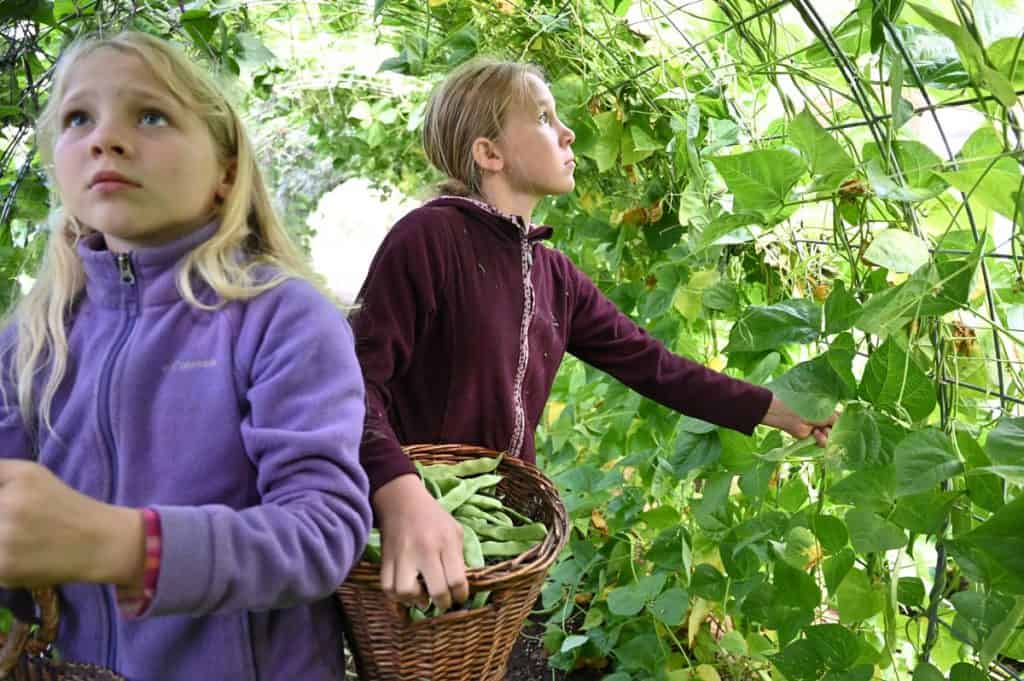
There’s nothing worse than spending your summer planting, watering, and tending to your garden, only to have the weather steal what was left unharvested or still ripening on the vine!
The best course of action against a frost or hard freeze taking your garden bounty is to keep an eye on the weather and be prepared ahead of time to harvest or protect your crops before a potential freeze.
There are methods you can take, such as using high tunnels or row covers to help stave off a few degrees, but we always like to be “safe than sorry”. In the video below you’ll see what a last-minute harvest looks like at our house before a potential freeze hits our crops.
Freeze or Frost
Oftentimes gardeners use the terms “light frost” and “frost” interchangeably, and this is fine, however there’s something else called a hard frost or a killing frost that’s more severe.
A light frost is considered temperatures between 34-32 degrees F. Most of your summer crops will be damaged by a frost or freeze, so even if your temperatures will be hovering right around 34 degrees, it’s still a good idea to harvest those crops.
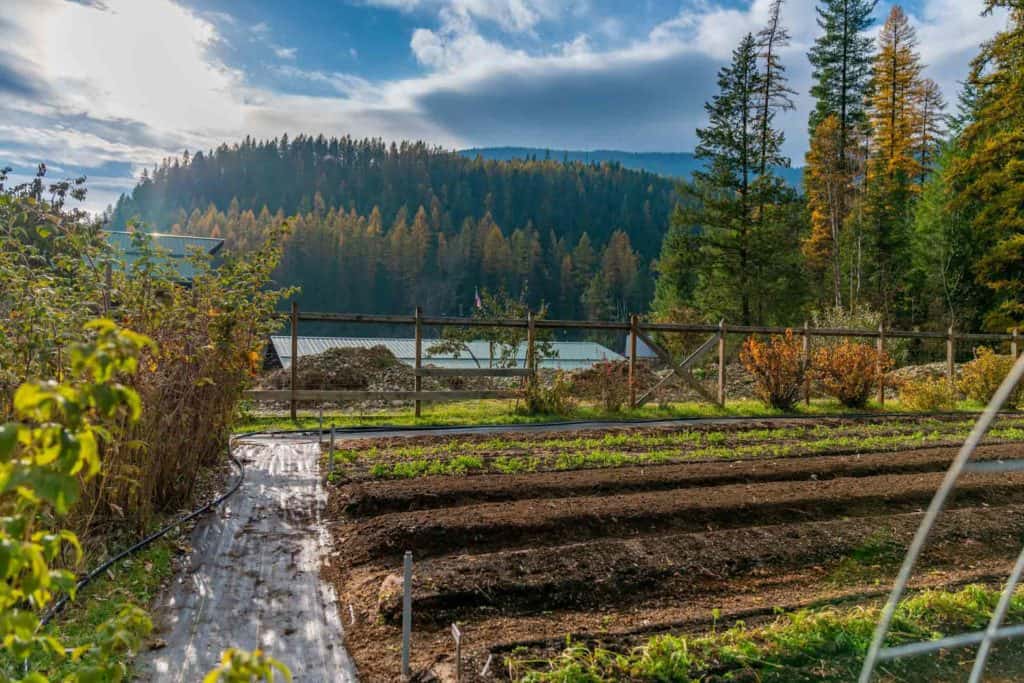
Hard Frost or Killing Frost
When you hear gardeners refer to a “hard frost”, a “killing frost”, or a “freeze” this is talking about a more severe freeze where temperatures drop below 32 degrees F.
To understand why this temperature kills plants, you must understand that a plant’s cells are filled with water. As temperatures get down to 32 degrees F, the water in those cells turns to ice, which expands and bursts the cell walls of the plant.
If you’ve ever walked out to the garden on a chilly fall morning and noticed your plants looking a little sad and wilted, this was likely the cause.
Frost Tolerant & Non-Frost Tolerant Vegetables
All vegetables will fall into one of two categories, either frost tolerant, or non-frost tolerant. It’s smart to know which veggies fall into each category so if you’re facing an imminent frost, you’ll know which crops must be harvested and which you can leave in the ground for another time.
Knowing which vegetables are frost-tolerant is also helpful when you’re planting a late summer (or fall) garden. These vegetables will last longer into the fall and give you a little more fresh eating before winter sets in.
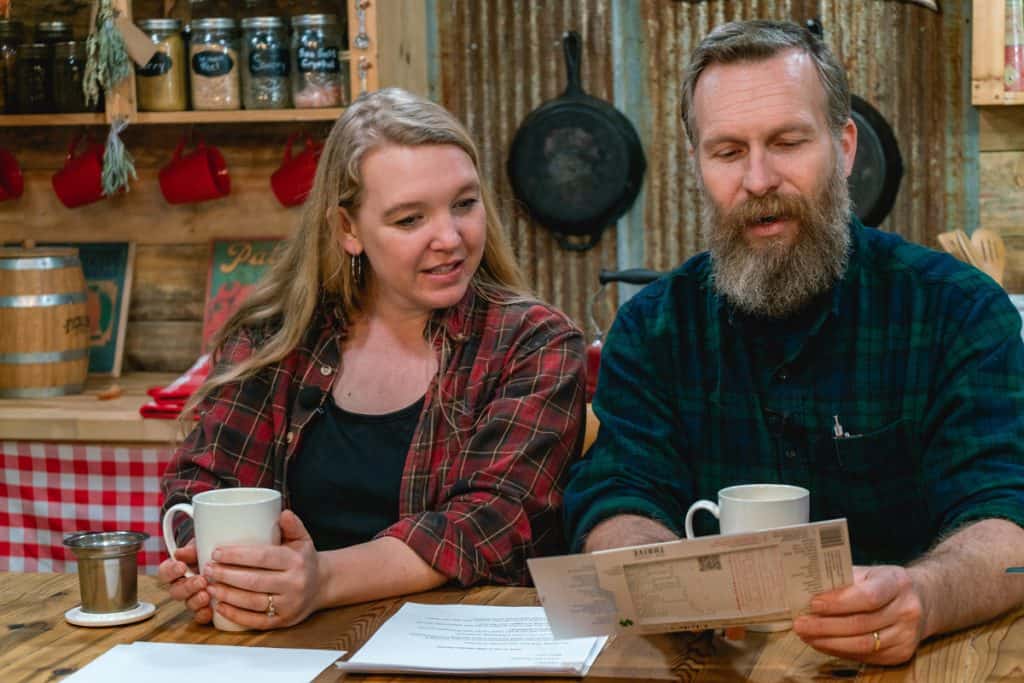
Use a Garden Planner
If you’ve been following us for long, you know we’re avid proponents of using a garden planner, we happen to love Clyde’s Garden Planner. This little calendar will give you a good window for understanding when the right times are to plant various crops.
You must first know your average first and last frost dates for a garden planner to be helpful, so we love keeping records of our first and last frost dates in a garden journal.
Your general average first and last frost dates by zip code are helpful, but where we live there are several microclimates, and many gardens freeze well before others throughout the county. Having your own records is the best way to get a good understanding of the seasons where you live.
In the fall, keep a record of your first frost each year, it’s as easy as writing down the year and the date of that first frost. Then do the same thing in the spring, record the date and year of your last frost date. After a few years, you’ll be able to use your own data and follow the garden planner recommendations with more accuracy.
This is fantastic for knowing when to start seeds indoors, as well as when to transplant those starts into the garden without fear of frost. (Learn how to start seeds indoors for the best success here.)
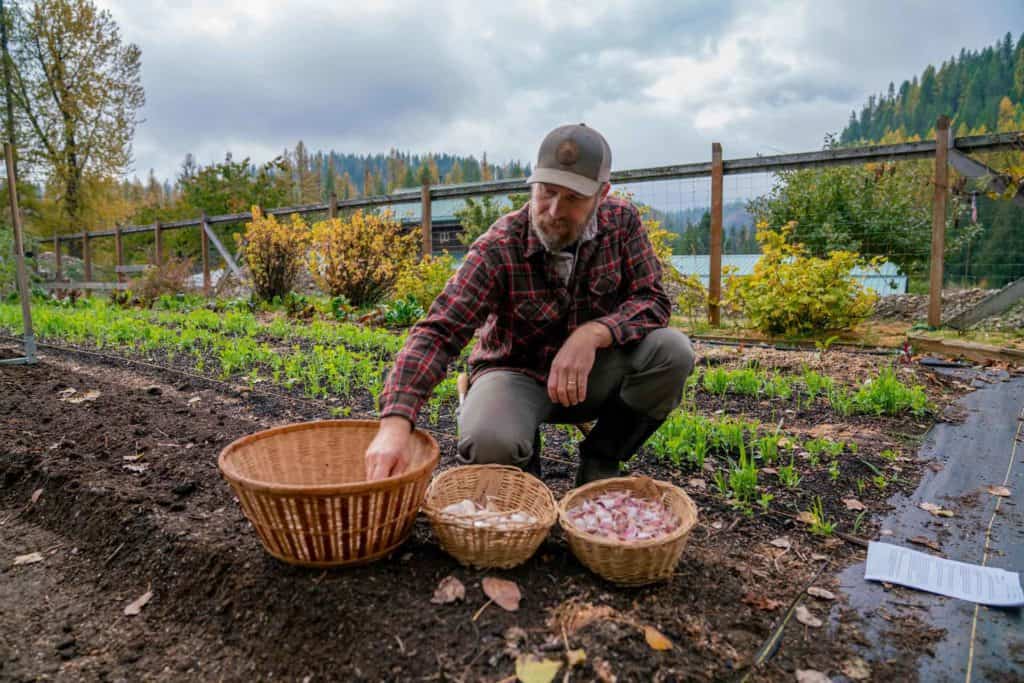
Too Early or Too Late
If you find you’re losing your crops to a frost, whether it’s a light frost or a killing frost, you may have planted either too early or too late.
If you plant too early in the spring, some of your crops may have enough warmth to germinate and even sprout, but if they get hit at a young stage with a frost, they won’t be able to tolerate the cold and will die. This is no good for anyone, especially when you’ve already spent all that time planting and tending to them.
Similarly, if you plant your crops too late in the summer, as fall approaches, you may not have enough growing time for the crops to come to maturity before the cold weather hits.
Warm weather crops like tomatoes, peppers, cucumbers, eggplant, etc. prefer the temperatures of summer. As those temperatures start dipping down at night, these crops will no longer grow and you may not get any fruit off them at all.
The beauty of paying attention to the weather is that you can harvest your crops, even things like unripe tomatoes, and bring them in to continue ripening inside your house.
Before getting into the list of veggies that are frost-hardy and which aren’t, another gardening must is getting a jump start on early spring gardening, and also doing these must-do garden tasks to prepare the gardens for winter. This is all part of being prepared ahead of time for best gardening success.
Check out these cold-weather growing methods to extend your growing season.
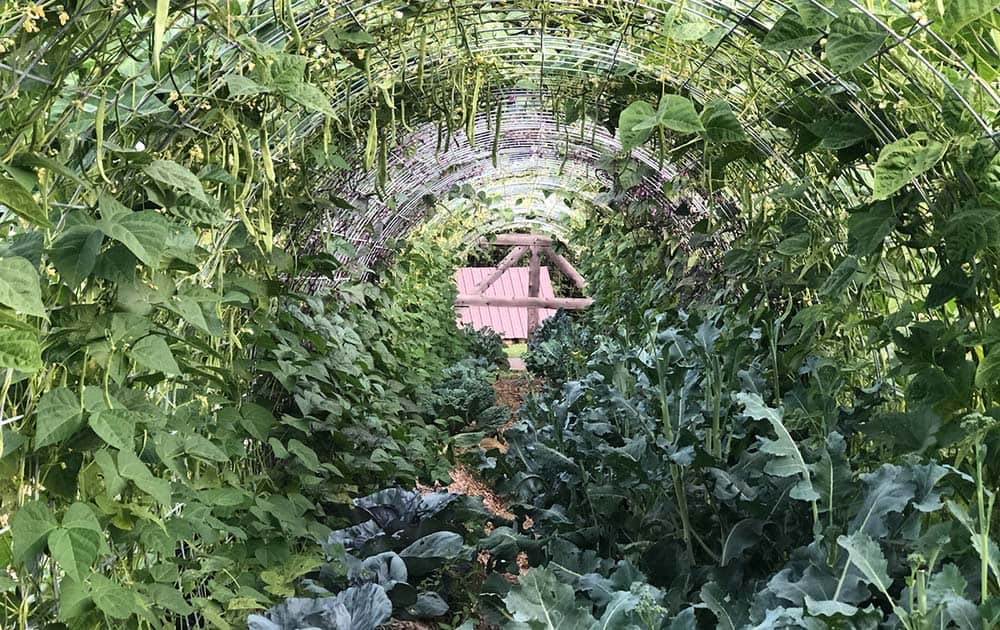
Non Frost-Hardy Vegetables
The following vegetables are those that you’ll want to frantically run through the garden and save as much as you can before the threat of a frost. These vegetables will not last and will turn to mush, or be a wilted mess.
Occasionally, if you’re able to get out into the garden before the sun hits these crops, there’s a chance you’ll save them. You can see how we saved our garden from frost in this video. It’s helpful information in case you happened to miss the weather report and are at risk of losing your crops.
Vegetables that will not survive a frost:
- Basil
- Beans
- Corn
- Cucumbers
- Edamame
- Eggplant
- Melons
- Okra
- Peppers
- Potatoes
- Pumpkins
- Rosemary
- Summer squash
- Sweet potatoes
- Tomatillos
- Tomatoes
- Winter squash
I think it’s important to note that some potatoes may fare ok by staying in the ground during a light frost. The leaves of the plant will certainly die back, but the potatoes themselves should be just fine in the soil.
One option is to cover them with some hay or an extra layer of mulch to insulate them, however, if you’re also expecting rain, potatoes do not fare well with cold and wet weather. Use this guide to learn when to harvest potatoes.
Likewise, some winter squashes will be just fine with a light frost, in fact, the frost will help the foliage to die back and you’ll actually be able to find them easier. If you are trying to save pumpkins before you lose them, canning pumpkins may be a good option for you.
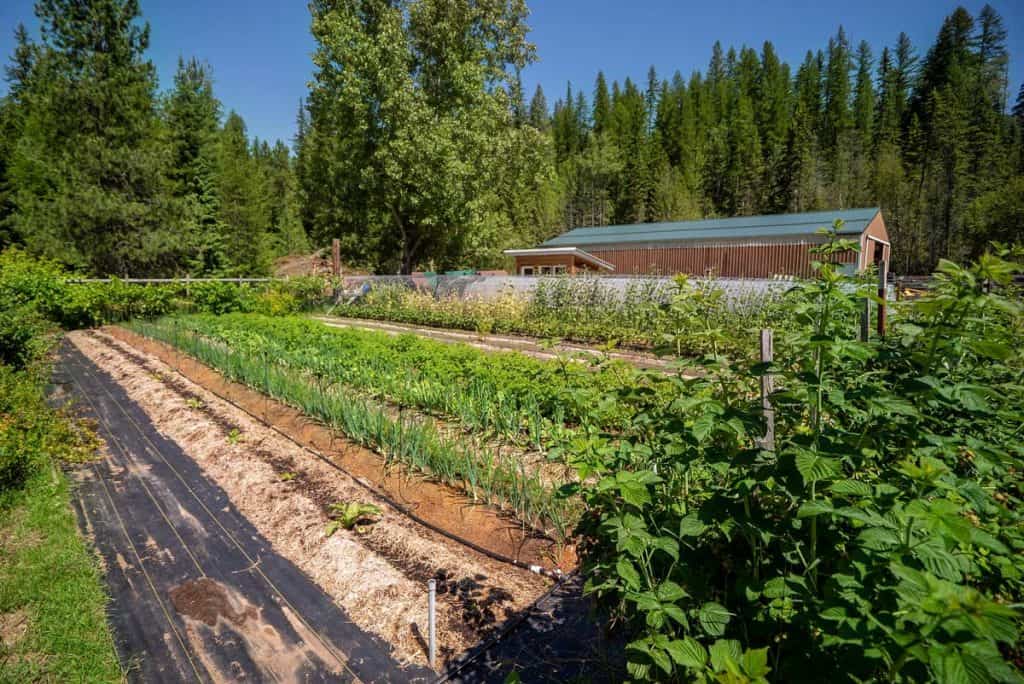
Frost Hardy Vegetables That Can Withstand a Light Frost
The following vegetables will be able to withstand a light frost with temperatures between 32-34 degrees F. They won’t fare too well if the temperature dips below that, but if you’re only expecting the low 30’s these crops should be just fine.
- Bok choy
- Cauliflower
- Celery
- Chinese Cabbage
- Lettuce (certain varieties)
- Peas
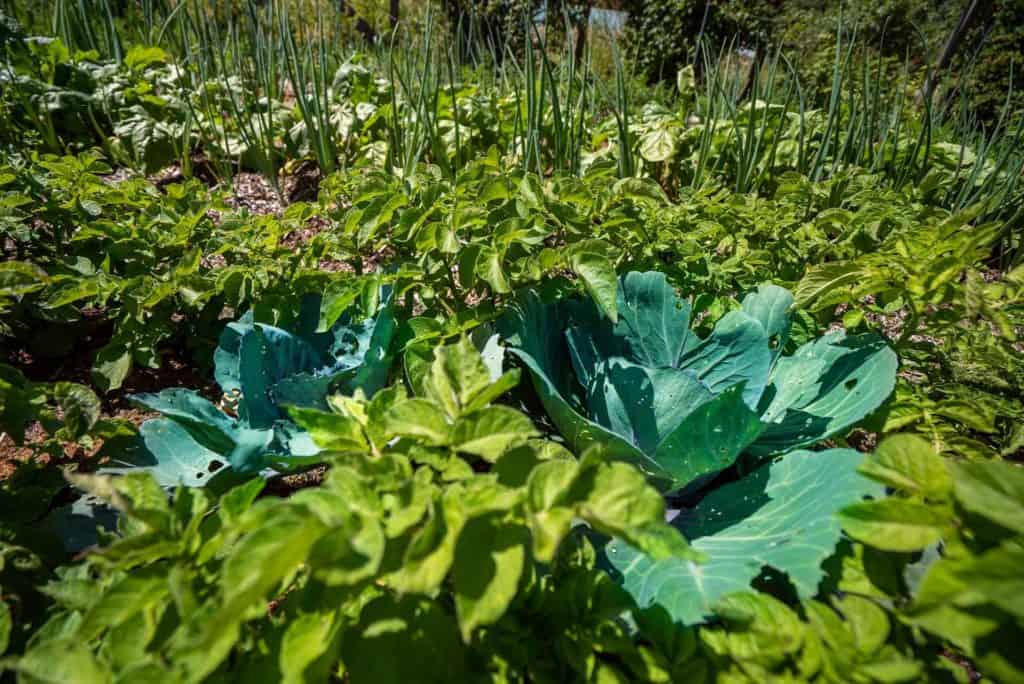
Frost Hardy Vegetables That Can Withstand a Hard Frost
The following vegetables will be able to withstand a true hard freeze with temperatures dipping even below 28 degrees F.
- Arugula
- Broccoli
- Brussels sprouts
- Beets
- Cabbage
- Carrots
- Cilantro
- Collards
- Kale
- Kohlrabi
- Leeks
- Lettuce (certain varieties)
- Mache
- Mustards
- Onions
- Oregano
- Parsley
- Parsnips
- Radishes
- Sage
- Scallions
- Spinach
- Swiss Chard
- Tatsoi
- Thyme
- Turnips
Hardy Fruit That Can Withstand a Frost
If you have a lot of fruit trees, grapevines, or other fruit or berry bushes that are still producing fruit as the temperatures start dipping closer to a freeze, you’ll want to know which crops must be harvested and which can stay on the bush, tree, or vine a little bit longer.
The following list are fruit varieties that will be just fine with a light frost:
- Apples
- Crabapples
- Pears
As you can see that list is short. There’s a reason fruit doesn’t grow during colder seasons, and why up here in the far North of Idaho we have to bring in our lemon and lime trees in the fall and winter.
The good news is after the fruit has been picked you usually have quite a while until they need to be processed, and they might do just fine in the root cellar or pantry for many months depending on the fruit.
Be Prepared
As always, our best recommendation is to be as prepared for a frost as possible. Keep an eye on the weather as fall approaches and be proactively harvesting as much as you can in your garden before the temperatures dip.

More Gardening Related Posts
- How Much Water Does Your Garden Really Need?
- How to Reduce Weeds in the Garden
- Crop Rotation in a Vegetable Garden
- 20 Vegetables You Can Plant in Late Summer
- Spring Garden Planning Tips & Tricks
- Get a Jump Start on Early Spring Gardening – Pantry Chat #75
- How to Build a DIY Hoop House (Greenhouse)
- When to Start Seeds Indoors
- Seed Starting Problems (& How to Fix Them)
- 12 Things You Must do to Prep the Garden for Winter
- Making Raised Garden Bed Rows & Super-Charging Your Soil
- Get an Instant Garden (Vertical Garden Planter)


















